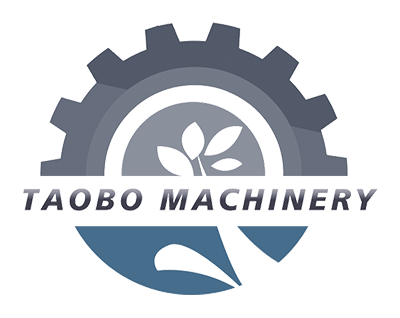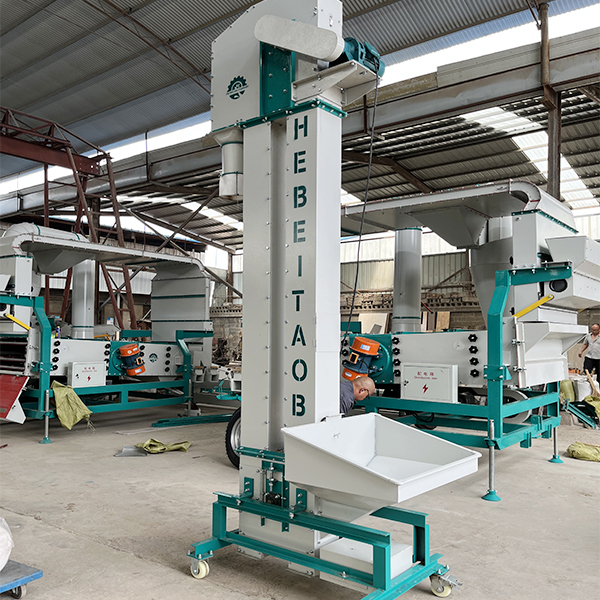 In the grain cleaning process, the elevator is a key conveying device connecting various cleaning equipment (such as screening machines, stone removers, magnetic separators, etc.). Its core function is to transport the grain to be cleaned from a low place (such as a receiving bin) to a high cleaning equipment, or to transport the cleaned grain to a storage bin or the next processing link. The following is a detailed introduction to its working principle and unique advantages in grain cleaning:
In the grain cleaning process, the elevator is a key conveying device connecting various cleaning equipment (such as screening machines, stone removers, magnetic separators, etc.). Its core function is to transport the grain to be cleaned from a low place (such as a receiving bin) to a high cleaning equipment, or to transport the cleaned grain to a storage bin or the next processing link. The following is a detailed introduction to its working principle and unique advantages in grain cleaning:
1、Working principle of the elevator in grain cleaning
The elevators used in grain cleaning are mainly bucket elevators, which are based on the cycle of “continuous scooping – vertical conveying – directional unloading” and are adapted to the requirements of “multiple equipment in series, high and low position connection” in the cleaning process:
(1)Suitable for feeding and conveying before cleaning: The raw grain to be cleaned (including impurities, stones, empty grains, etc.) enters the elevator from the bottom feed port and is scooped out by the hopper that moves with the conveyor belt/chain.
(2)Targeted lifting process: The hopper carries the raw grain upwards, and the machine shell adopts a closed design to reduce the spread of dust in the raw grain before cleaning. At the same time, the running speed of the chain can be adjusted to match the processing capacity of the cleaning equipment to ensure that the raw grain is evenly transported to the feed inlet of the screening machine, de-stoner and other equipment.
(3)Synergy with cleaning equipment: The operating speed of the elevator is linked to the processing capacity of the cleaning equipment to avoid overloading of the cleaning equipment due to excessive conveying volume, or affecting the cleaning efficiency due to too small conveying volume, forming a continuous closed loop of “conveying – cleaning – re-conveying”.
2、Advantages of elevators in grain cleaning
(1)Efficiently connect high and low-level equipment to optimize the cleaning process: Grain cleaning requires multiple equipment to be connected in series (such as “primary screen → stone remover → magnetic separator → fine separator”). The equipment has height differences due to functional requirements. The elevator can lift grain vertically, greatly reducing the floor space of the workshop (compared with inclined conveyors, vertical conveying saves more than 50% of space), making the cleaning line layout more compact.
(2)Reduce material loss during the cleaning process: Closed casing design: Prevent raw grain from being scattered due to vibration and wind during transportation. Accurate hopper unloading: Directed unloading through centrifugal force or gravity ensures that all grain enters the next level of cleaning equipment to avoid impurities not being completely cleaned due to leakage.
(3)Reduce labor costs and improve automation: In the traditional cleaning process, manual transportation of grain to high-level equipment is not only inefficient, but also may lead to incomplete cleaning of impurities due to fatigue. The elevator can achieve continuous automatic transportation, and a single device can transport 10-50 tons per hour, meeting the needs of large-scale cleaning and reducing secondary pollution caused by manual contact with grain.
During grain cleaning, the elevator solves the problem of material connection between high and low-level equipment through the principle of “bucket circulation conveying”. It is the core equipment for realizing the continuity, efficiency and environmental protection of the grain cleaning process.
Post time: Jul-15-2025









